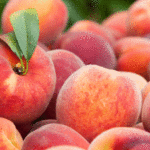Among the plethora of summer fruits available in June and July, one stands out not only for its delicious taste and juicy flesh but also for its visually appealing appearance, making it a favorite among many families: the peach.
In addition, according to nutrition experts, peaches are packed with nutrients beneficial to human health. These include vitamins A, beta-carotene, C, E, and B-complex, as well as minerals like calcium, potassium, magnesium, iron, zinc, and copper.
However, not all homemakers know how to select the juiciest and most flavorful peaches for their families. A common question that plagues many when faced with a fruit vendor is: Are round or pointed peaches the tastier option? Read on for insights from experienced fruit connoisseurs.
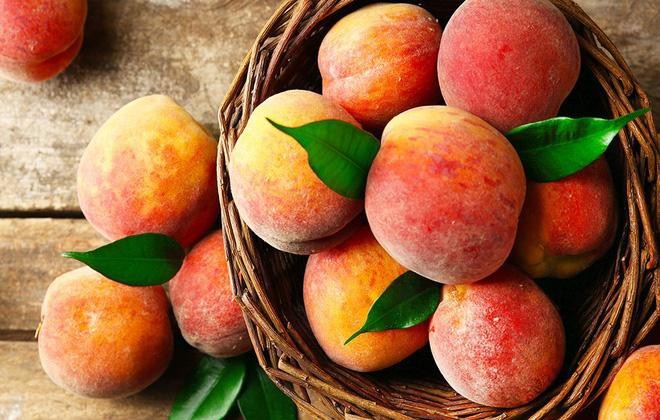
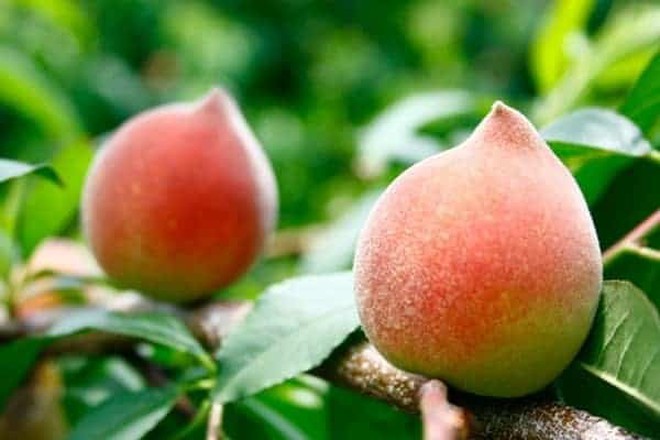
Round peach (left) or pointed peach (right)? That is the question many shoppers ask themselves. (Illustrative image)
Round or Pointed Peaches: Which is Sweeter?
The round or pointed feature in question, which helps consumers select the tastiest peach, pertains to the apex of the fruit. Some peaches have a flat apex, resulting in a perfectly round shape. Others sport a more pointed apex, creating a distinct angle.
In reality, the physical shape of a peach contributes to its gender-specific nomenclature. Specifically, a peach with a pointed apex is dubbed a “male peach,” while its round-apexed counterpart is referred to as a “female peach.” According to seasoned fruit vendors, the male peach, or the pointed peach, tends to be sweeter and more aromatic than its female (round) counterpart.
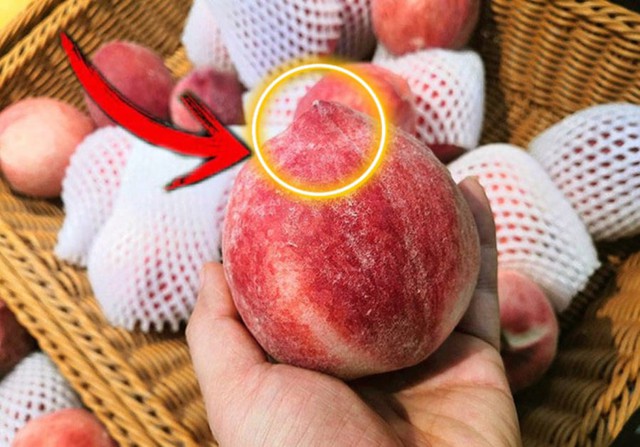
The pointed peach, also known as the male peach, is often sweeter and juicier than the round (female) peach. (Illustrative image)
They further explain that male peaches typically grow higher up on the tree, where they receive more direct sunlight. Consequently, they develop a sweeter taste and a juicier texture.
However, female peaches, or round peaches, have their own advantages. Compared to pointed peaches, they are generally softer and smoother, although they may not match the sweetness and nutritional content of their pointed cousins.
Additional Tips for Selecting the Perfect Peach
Apart from the shape, here are some extra tips based on other characteristics of peaches that shoppers can keep in mind to ensure they pick the best-tasting fruit for their families.
1. Pay Attention to the Color of the Peach
The first indicator of a peach’s ripeness is its color. The hue of a peach can reveal whether it is fully ripe or not. Peaches with pale, greenish, or yellowish skin are likely underripe, resulting in a less sweet taste and firmer flesh.
However, shoppers should also be cautious of peaches that are overly red or pink, as they may have been artificially ripened with chemicals or dyes. Ideally, opt for peaches with a mix of reddish-pink and yellowish hues, indicating natural ripening on the tree.
It’s worth noting that a peach doesn’t receive equal sunlight on all sides, so it’s normal for the colors to vary across the fruit’s surface.
2. Examine the Crease of the Peach
Peaches also feature a crease or groove along their midsection. This crease is deeper in ripe peaches, as it forms after the peach has been pollinated and the two flower petals separate.
As the peach grows and matures, this crease becomes more pronounced. Therefore, a deeper crease indicates a riper, sweeter peach, while a shallower crease suggests a less ripe fruit with a milder flavor.
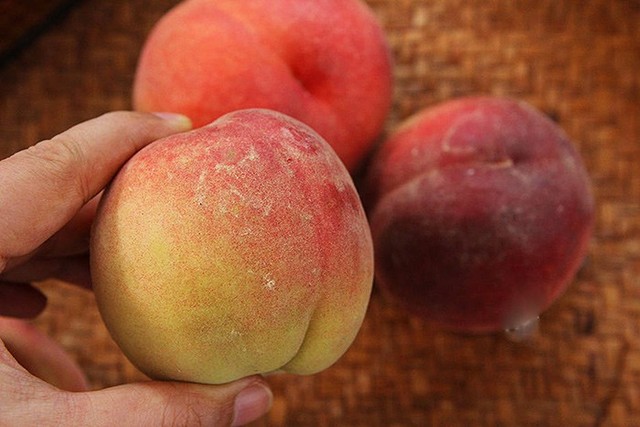
Illustrative image
3. Inspect the Fuzz on the Peach
The amount and distribution of fuzz on a peach’s skin can also provide clues about its quality. A fresh, high-quality peach will have a thick, even coating of fuzz. Sparse, uneven, or missing fuzz could indicate the presence of pests or diseases during the peach’s growth or that the fruit has been sitting on the shelf for too long.
4. Feel the Peach’s Surface
Finally, shoppers are encouraged to hold and gently squeeze the peach to get a better sense of its ripeness. A ripe peach will have a slight give to it and will feel firm yet yielding. Overly soft peaches may be past their prime and prone to bruising or rotting, while very hard peaches are likely unripe and will taste sour.
However, if you purchase an unripe peach, you can let it ripen at home for a few days before consuming it.
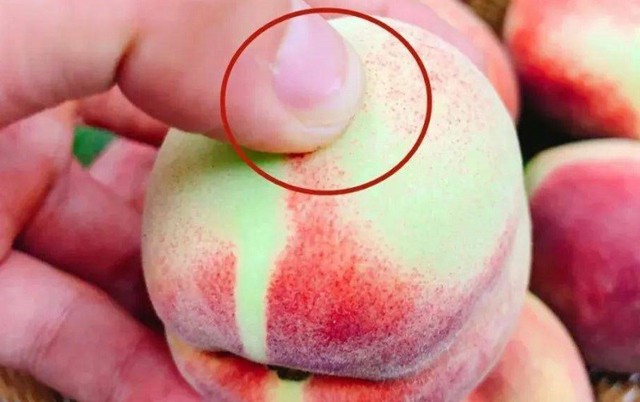
Illustrative image
According to Nguoiduatin





























